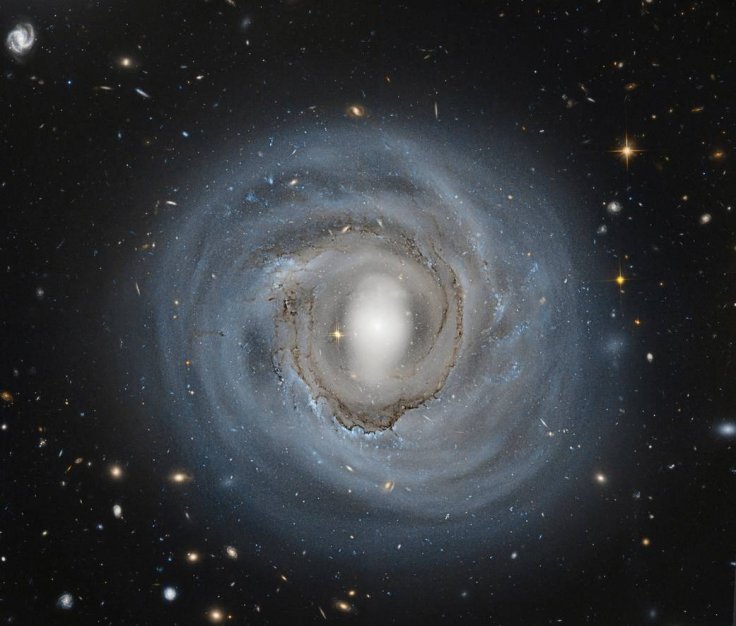
A new study report presented by researchers from the Embry-Riddle Aeronautical University in the American Astronomical Society (AAS) meeting on January 10 has put forward a new technique which will help scientists to determine the age of stars more accurately and precisely.
During the presentation, Dr Ted von Hippel, an astronomy professor at the Embry-Riddle Aeronautical University, said that current star dating techniques adopted by space experts make use of assessments in the prime, or main sequence of their lives that have begun to die after exhausting their hydrogen offer 10 to 20 percent margin of error.
However, the new technique introduced which leverages burnt out remnants called white dwarf stars reduces the margin of error to 5 percent or sometimes a mind-blowing 3 percent. Hippel added that his technique demands the measurement of the star's surface temperature and its mass to predict their most precise age.
"The star's mass matters because objects with greater mass have more energy and take longer to cool," adding, "Surface temperature, like spent coals in a campfire that's gone out, offer clues to how long ago the fire died. Finally, knowing whether there is hydrogen or helium at the surface is important because helium radiates heat away from the star more readily than hydrogen," said Ted Von Hippel, in a recently issued statement.
In order to get the most precise measurements, scientists usually analyze the brightness of the stars to determine its exact radius. Existing information of the star's mass to radius ratio can be used to fill in the last ingredient for determining the age of the star, its mass.
Later, researchers will figure out the abundance of different elements within the star or its metallicity to finally determine the age of these cosmic bodies with less margin of error.
Von Hippel conducted this study with the help of recent graduate Adam Moss, and current students Isabelle Kloc, Jimmy Sargent and Natalie Moticksa, and instructor Elliot Robinson.








